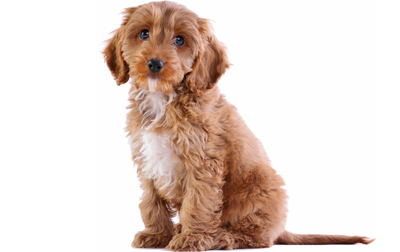Walk into any dog shelter, and you will find many Pitbulls on display. Why? Because they have Pitbull dog aggression problems that their owners couldn’t handle. Or, not having properly trained their Pitbull in dog obedience, the Pitbull may have mauled a loved one. Either way, the Pitbull gets euthanized and no one wins. But you can prevent dog aggression problems – even with Pitbulls.
Here’s how.
Know The Signs of Aggression
Dogs communicate
Aggression in Pitbulls, and dogs in general, usually shows up when a dog becomes socially mature – usually at 18 to 24 months of age and sometimes younger.
When playful nips escalate to vicious bites, owners change their mind about the dog and abandonment or surrender follow. Statistics show more Pitbulls pets are euthanized for behavioral reasons than all medical reasons combined.
Pet behavior specialists say training corrects dog aggression problems, but owners must seek help when problems emerge, or when the dog turns into Jekyll-and-Hyde character.
Expect Some Low-level Aggression
Barking and jumping relates to instinctual behavior that dates back to early times when a wild dog hunted with a pack to survive. Aggressive behaviors determined hierarchy and helped to defend against predators.
That same “mono y mono” behavior characterizes the modern dog, especially if he feels threatened. When one dog meets another dog, he instinctively tries to appear larger with an erect tail, pointed ears and a forward stance.
Eventually, one dog backs down, the threat subsides and the aggression diminishes. Other minor acts of aggression occur when a dog growls, ignores commands or pushes against people for attention.
Look Out For Moderate to Severe Aggression
In textbook cases, the owner tolerates minor dog aggression problems from the outset. For example, when a puppy protects food and toys. As the dog gets older, he learns minor acts of aggression are no longer an effective way to assert his dominance because the owner accommodates the behavior.
As a result, the dog engages in more aggressive behavior, such as biting or jumping. This form of aggression is termed dominance aggression.
It occurs when the owner does something that the dog finds threatening, for instance, getting up from a chair too quickly. The dog may stare and growl with his teeth displayed or even attack to control the situation.
Nip Problems in the Bud
Dominance aggression is just one of many dog aggression problems. Other forms of aggression include maternal aggression, punishment-related aggression and redirected aggression.
Pet behavior specialists say forms of aggression are part of an interrelated web of behaviors. A dog may demonstrate multiple forms of aggression, and each aggressive act may fall into multiple categories.
The posture and bark of a defensive display may mimic those of dominant display. What’s more, the behavior may be a learned or conditioned response.
Some Things to Keep In Mind
Older dogs are much harder to train. For this reason, experts encourage owners to seek help for dog aggression problems as soon as possible.
It is equally as important to remember that dogs are as different as people, and the methods used to treat behaviors are different in each case. Get professional help, if things get to the point where dog aggression problems pose a danger, or Jekyll-and-Hyde rears his ugly head.
Failure to treat aggression poses physical and legal consequences. Behavioral intervention works to curb aggression. It strengthens the bond between dog and man and improves a pet’s quality of life.



